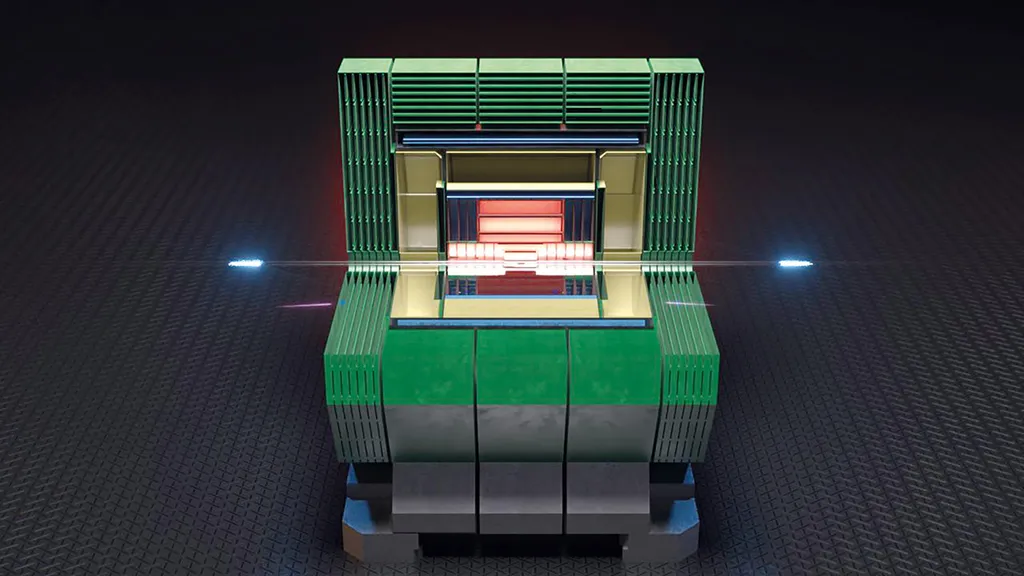In the realm of particle physics, the accurate identification of charged hadrons is pivotal for understanding the fundamental forces and particles that make up our universe. Researchers Anja Beck and Eluned Smith, affiliated with CERN, have delved into this challenge in the context of the proposed Future Circular Collider (FCC-ee). Their work aims to benchmark the particle identification (PID) performance of two proposed detectors, CLD and IDEA, using fully simulated events.
The study, published in the Journal of Instrumentation, focuses on the PID capabilities of silicon trackers, which measure time-of-flight and energy-deposit of particles. These trackers are integral to both the CLD and IDEA detectors, as neither currently includes dedicated PID systems. The researchers found that for low-momentum hadrons, crucial in same-side b-flavour tagging, the PID information from silicon trackers leads to significant background suppression with high signal efficiency.
For rare b→s transitions, where particle momenta are in the medium range, the study reveals that only a timing resolution of 30 picoseconds or better can improve contamination levels by an order of magnitude beyond what kinematic criteria alone can achieve. This finding underscores the importance of high-precision timing measurements in these scenarios.
When it comes to light-quark jet-flavour tagging, which requires identifying particles with very large momentum, the researchers found that time-of-flight or energy-deposit information alone is insufficient. However, access to the number of clusters in a drift-chamber setup, as proposed for the IDEA detector, results in strong background suppression. This suppression can be further enhanced by time-of-flight resolution of 30-50 picoseconds or better in some scenarios.
The practical applications of this research for the energy sector are indirect but significant. The development of advanced particle identification techniques can contribute to the design and optimization of future colliders, which are essential tools for exploring the fundamental building blocks of matter. A deeper understanding of these particles and their interactions can potentially lead to breakthroughs in energy production and other technologies.
In conclusion, the study by Beck and Smith provides valuable insights into the PID performance of proposed detectors at the FCC-ee. Their findings highlight the importance of high-precision timing measurements and the potential benefits of drift-chamber setups for background suppression in particle physics experiments.
This article is based on research available at arXiv.

